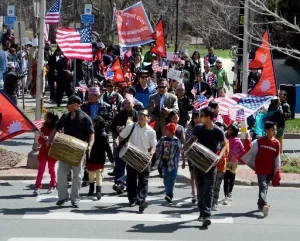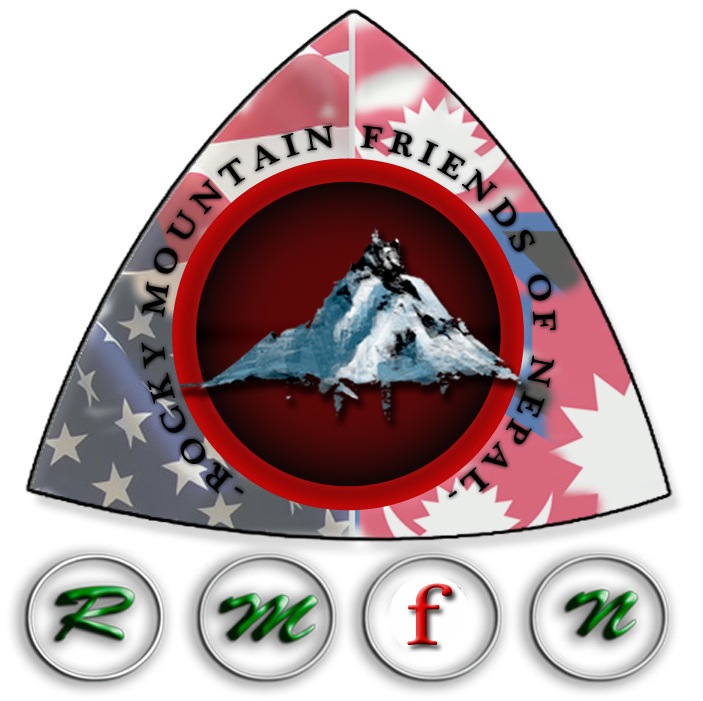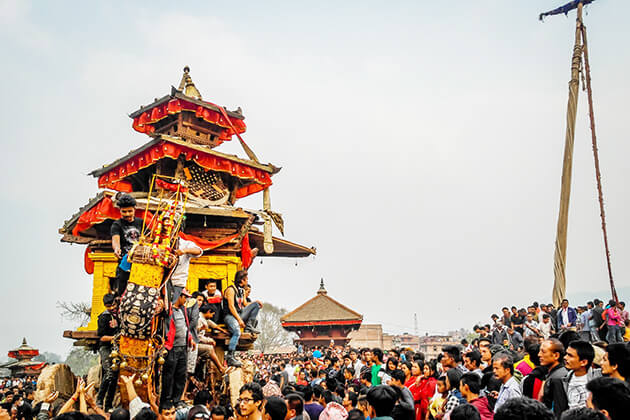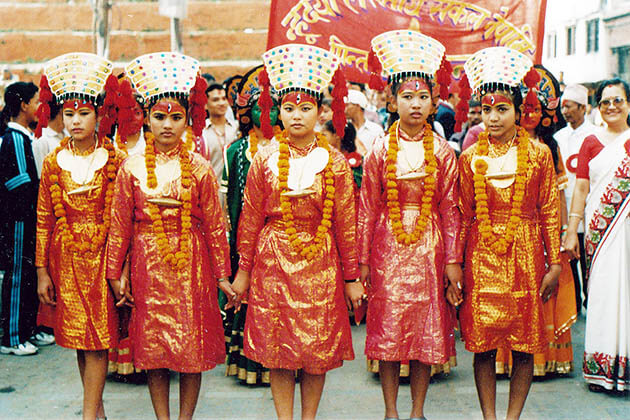
The Nepali custom organizes their religious merriments on a varying date because it is based on the lunar calendar as opposed to their national holidays, which are observed on fixed dates. The Nepali New Year, according to the locals, is a religious holiday celebrated with great significance as well as is observed with deep respect and devotion. Just like many other countries in Asia, they commemorate the event with the hopes of having a lot of blessings along with prosperity as they face the New Year.
The Nepali Era that is based on the use of the Nepali Calendar, began in A.D 879. The dates of this era can be found on old Nepali coins, stone & copper inscriptions, and official writings. Due to the deeply ingrained traditions of over Nepal’s 60 ethnic groups, there are actually 9 different New Years’ Days in total celebrated in Nepal; however, Nepal Sambat is considered the “National New Year,” bringing some semblance of unity in the midst of great linguistic, cultural, and historical diversity.
Traditions and Customs in Nepali New Year
The Nepali New Year’s celebration comes with jovial activities consisting of street dances, parades, and reunions. The occasion has always been enthusiastically participated and fully funded by individuals and organizations. The Nepali New Year usually falls during the 2nd week of April that is considered by the Nepalese as the first day of Baisakh, the first month of the Bikram Sambat calendar. It’s a time where entire Nepal rejoices with colorful ornaments & social activities as they welcome the New Year.
The major part of the event is central to their religion. According to their rituals, the Nepali spend their time early in the morning with prayers as well as worships inside their temples. They also offer Puja that is a ritual devoted to their gods. After presenting the Puja, they walk around the temple opposing the direction of the clock as they ring bells.



